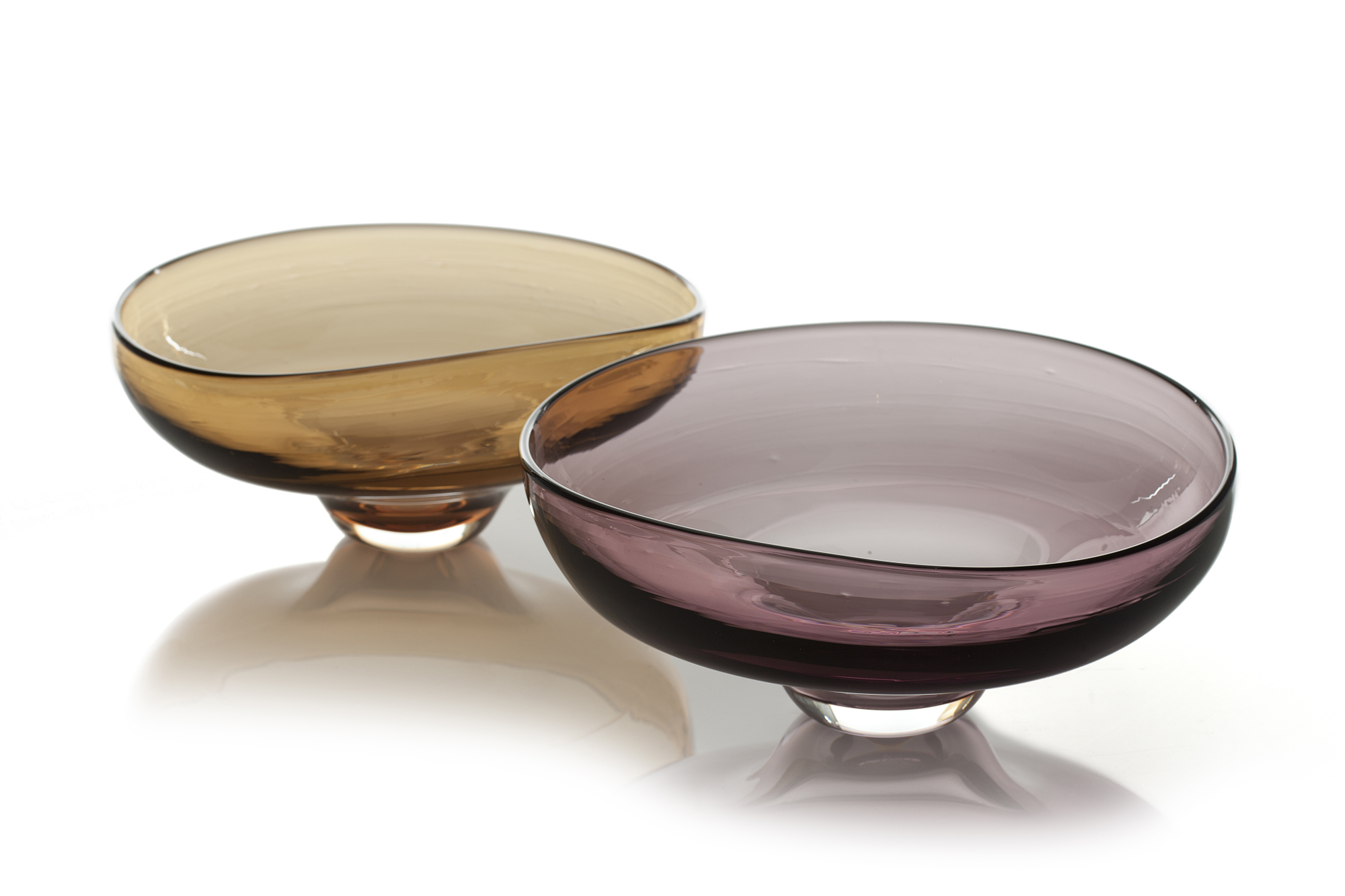mdby……MICHAEL RUH
It has been difficult for me to get my attention to a glass artist, but Michael Ruh has really touched me, incredible glass work , leaving Michael and Natascha their lives into what they do, leaving theirs aims….
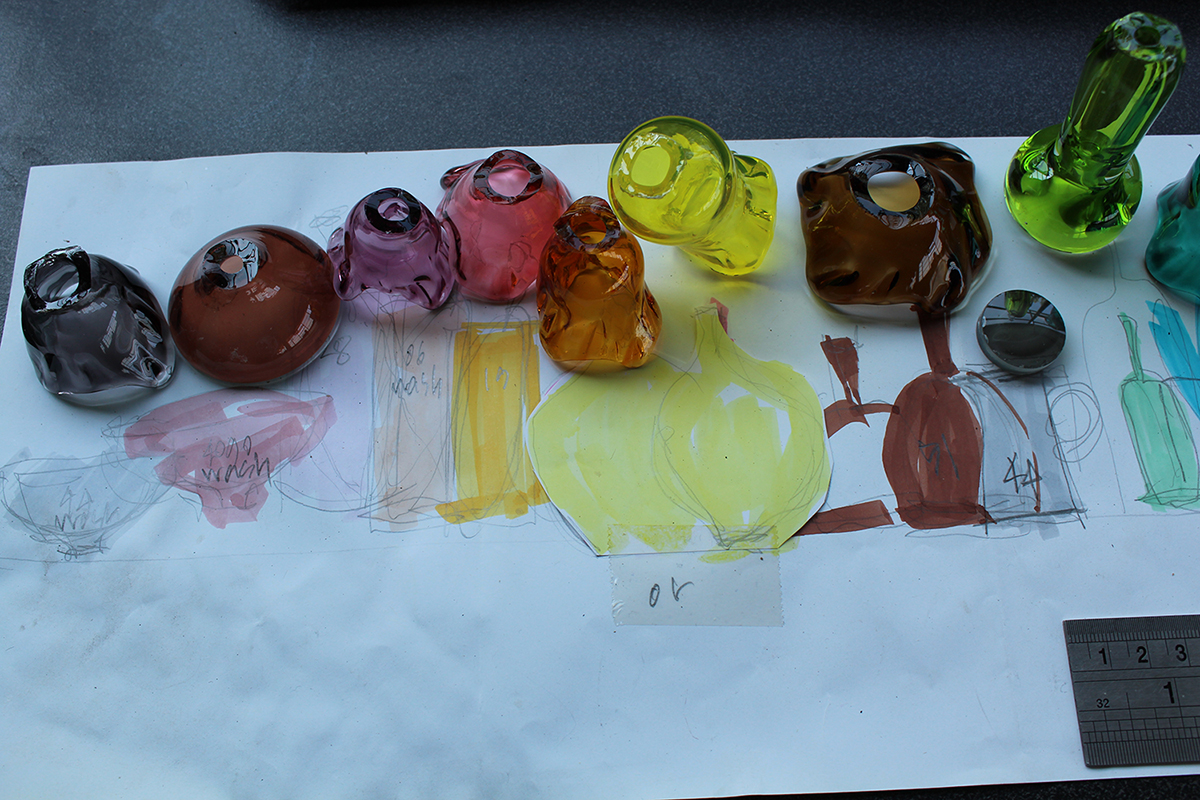
Michael, you make great pieces in glass, how did you decide to dedicate your life to glass works?
The very first time I had the opportunity to try glass making I was living in Belgium. There was a school for applied arts nearby, and I had heard there was a glass programme there. I was absolutely determined to attend the course. On a day open to the public, I visited. I was offered the chance to give glass blowing a try. I gathered a small gob of glass, and blew a bubble about the size of a golf ball. That was it, I was hooked!
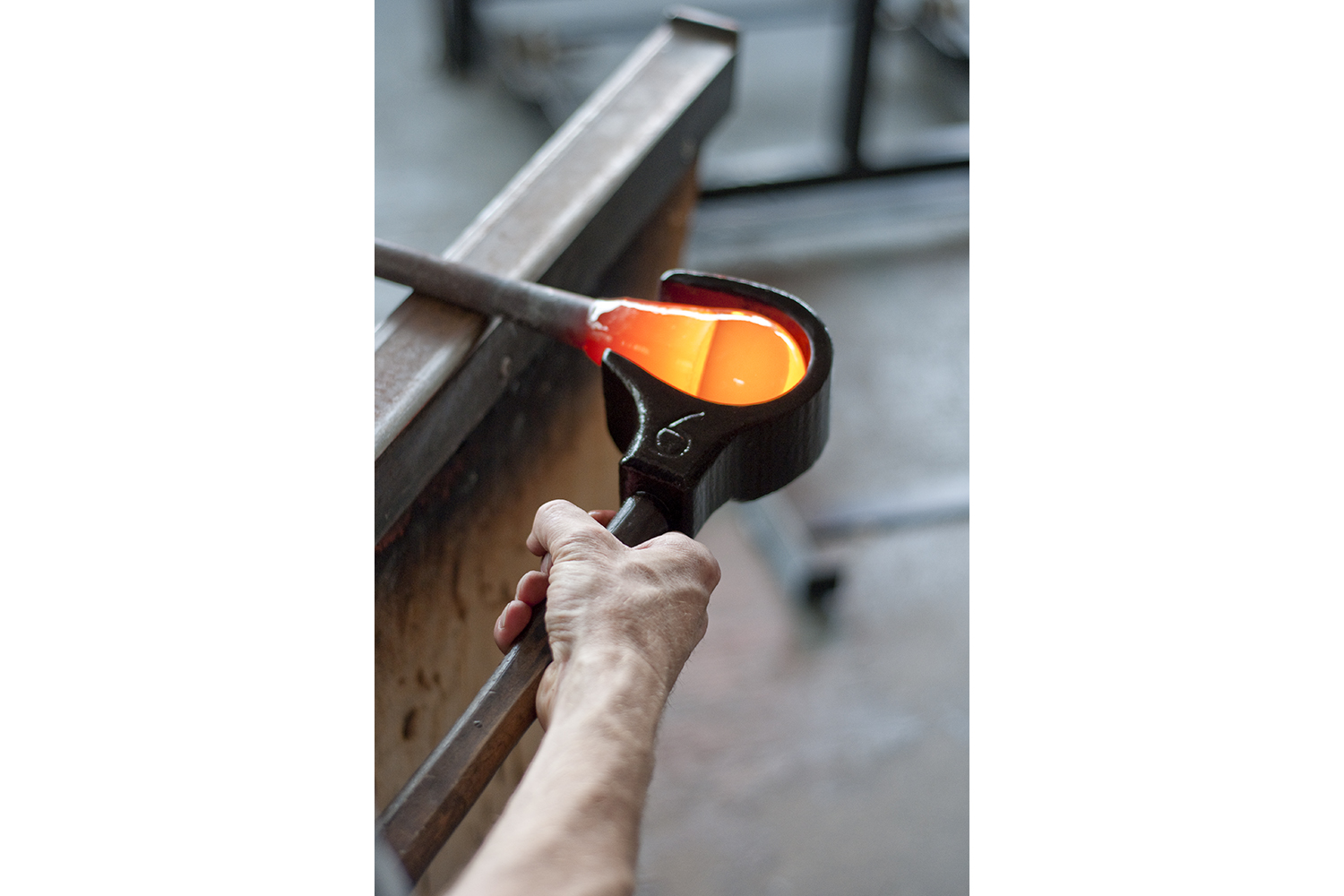
What difference do you find between glass and other materials?
Molten glass evokes within me a deep sense of mystery. I have a great sense that there is still so little I know and master about the material. My intention and will is constantly kept restrained by the my physical limitations, and the physical limits of the material itself. I find with other materials there is less compromise between deliberate interaction with the material and the aesthetic result. Glass as a material determines and limits very much what I can do with it, more so than with other materials.
Through your story, it was hard when you begun, how did you deal with it?
There was nothing else I wanted to do. I was completely determined to become a glass maker. I felt like I had found my voice. I didn’t really consider at the time that things were hard; I was happy!
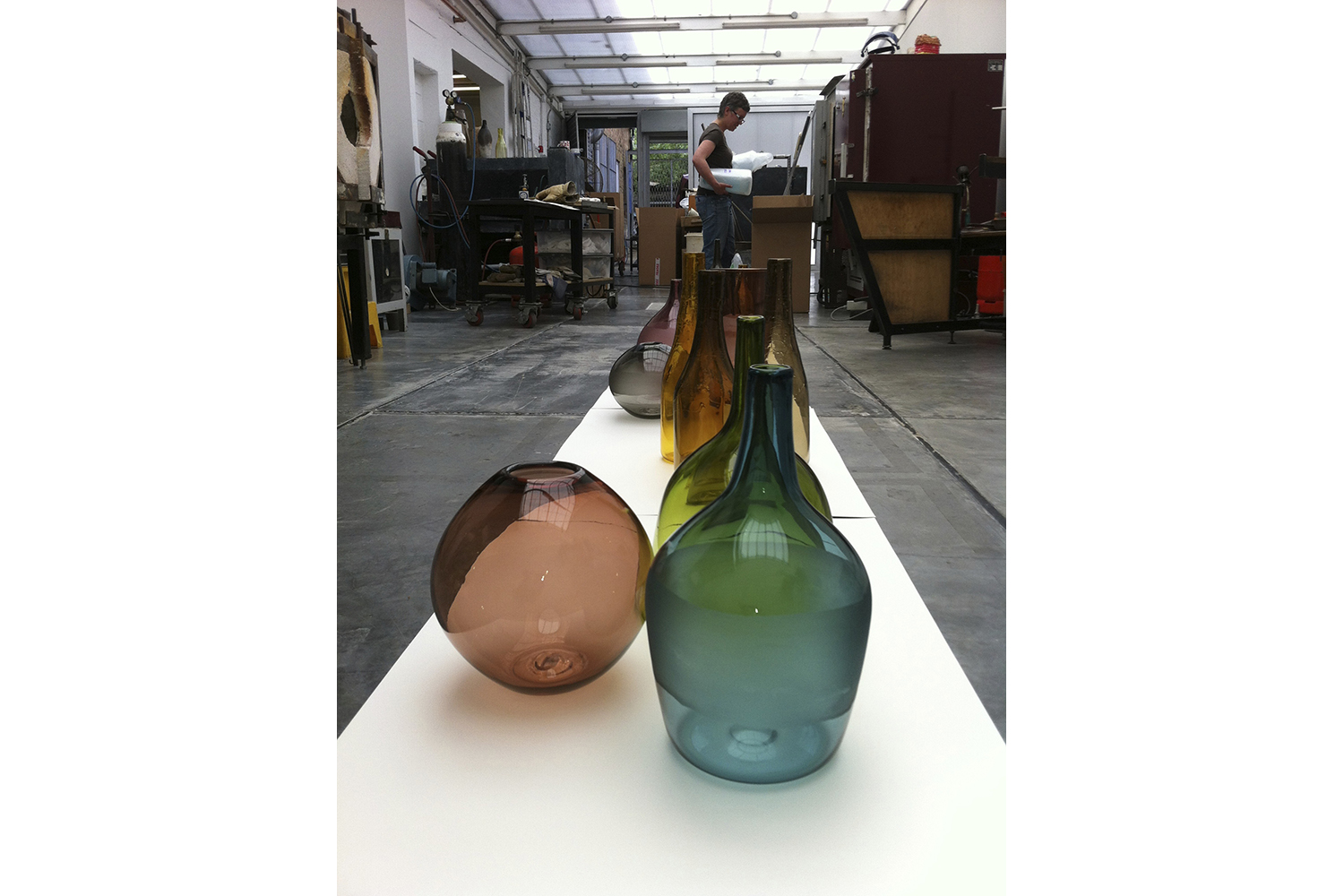
Did you ever imagine yourself doing what you are doing now?
No, not really. Glass came at me as a surprise. I’m not so surprised I’m doing something creative though. Even from a very young age I was uninhibited creatively and confident. All other subjects at school were difficult and foreign to me.
How do you make your designs? Do you sketch before glass blowing?
I carry drawing books, or draw on anything I can find if I can’t find my drawing book. I will often design by cutting big sheets of stiff paper with a scissors to the desired shape. The scissors take the place of a pencil. Its easier to see the nuance of a curve this way. I always make sketches before glass blowing. As a teenager I had an art teacher who used to shout “ Make a drawing…No happy accidents!” That has stayed with me.
Working on a design, I might make a few pieces in glass before I’ve got it. It’s a bit like a rapid-prototyping process. I learn if it’s even possible for me to make the object, or see how I need to change the design to be able to make it. I need to teach myself how to make each individual design.
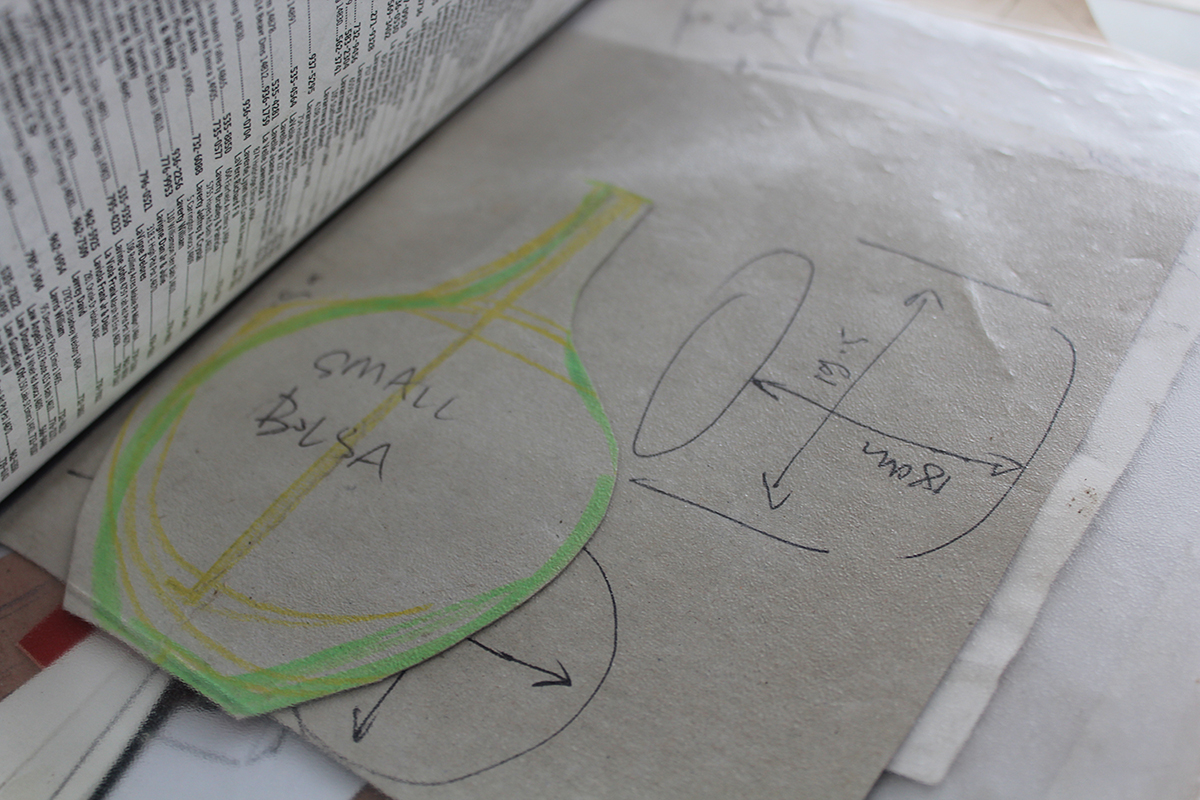
How your ideas come up?
When I finished University, concept was everything. I made landscape installations, then photographed them and documented them. Functionalism was simply too common for me! The more I learned about glass making though,function became the primary concern, but I have never eliminated my attraction to the concept. Light, shadow, line, or perhaps a quirky surprise are all elements of my design language.
I sort of have a memory bank of colours I have seen, or made pictures or notes of, textures that attract me, materials that sometimes take my breath away because of their simple beauty, or brutality.I love bright winter light, snow covered landscapes and leafless trees. I am overwhelmed visually by arid landscapes, or cityscapes at dawn and sunset. I strive to make pieces that slowly reveal their secrets.
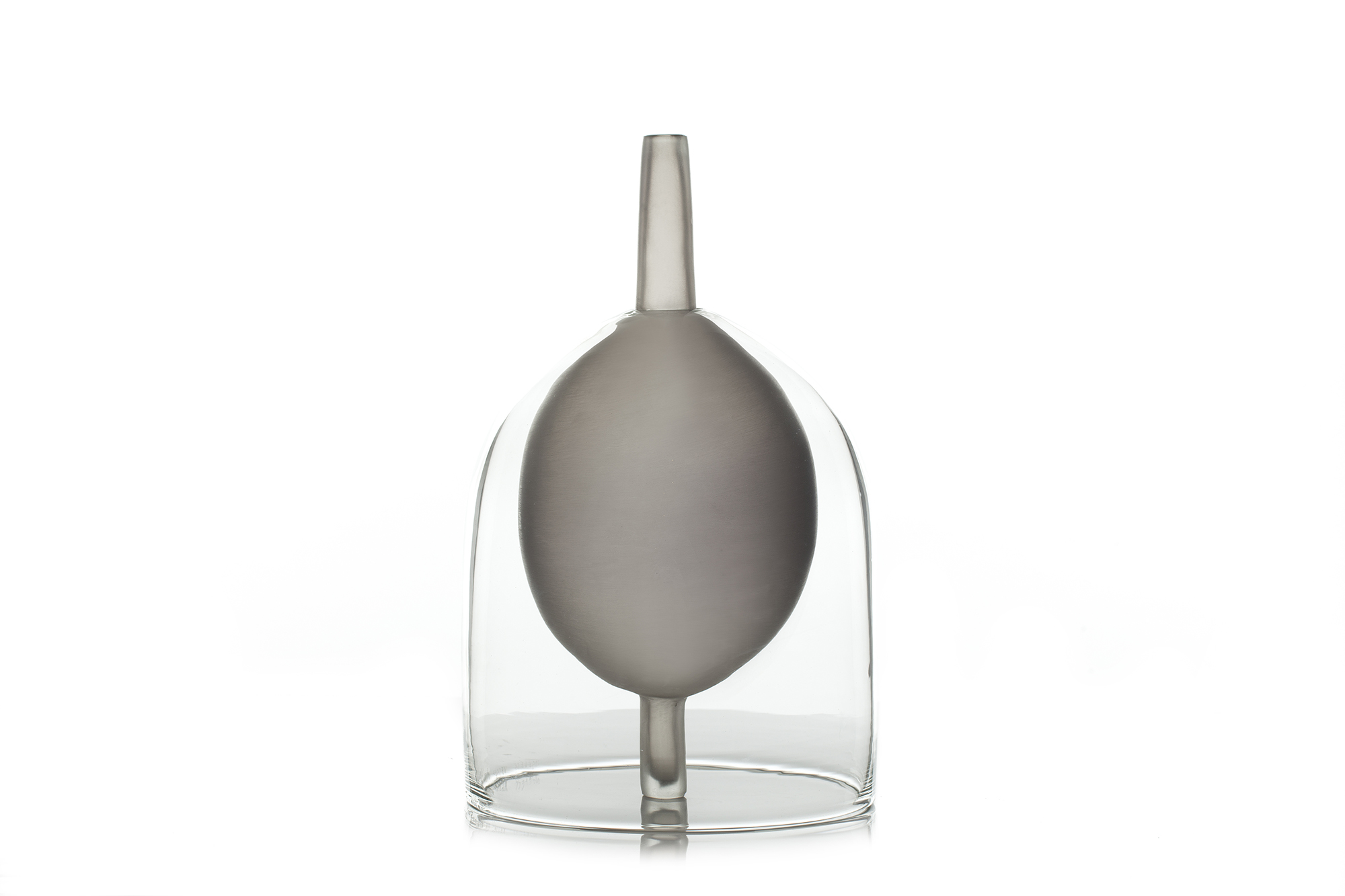
You like more functional objects than decorative ones, which one is your favorite?
I drink everyday from a roundy tumbler.
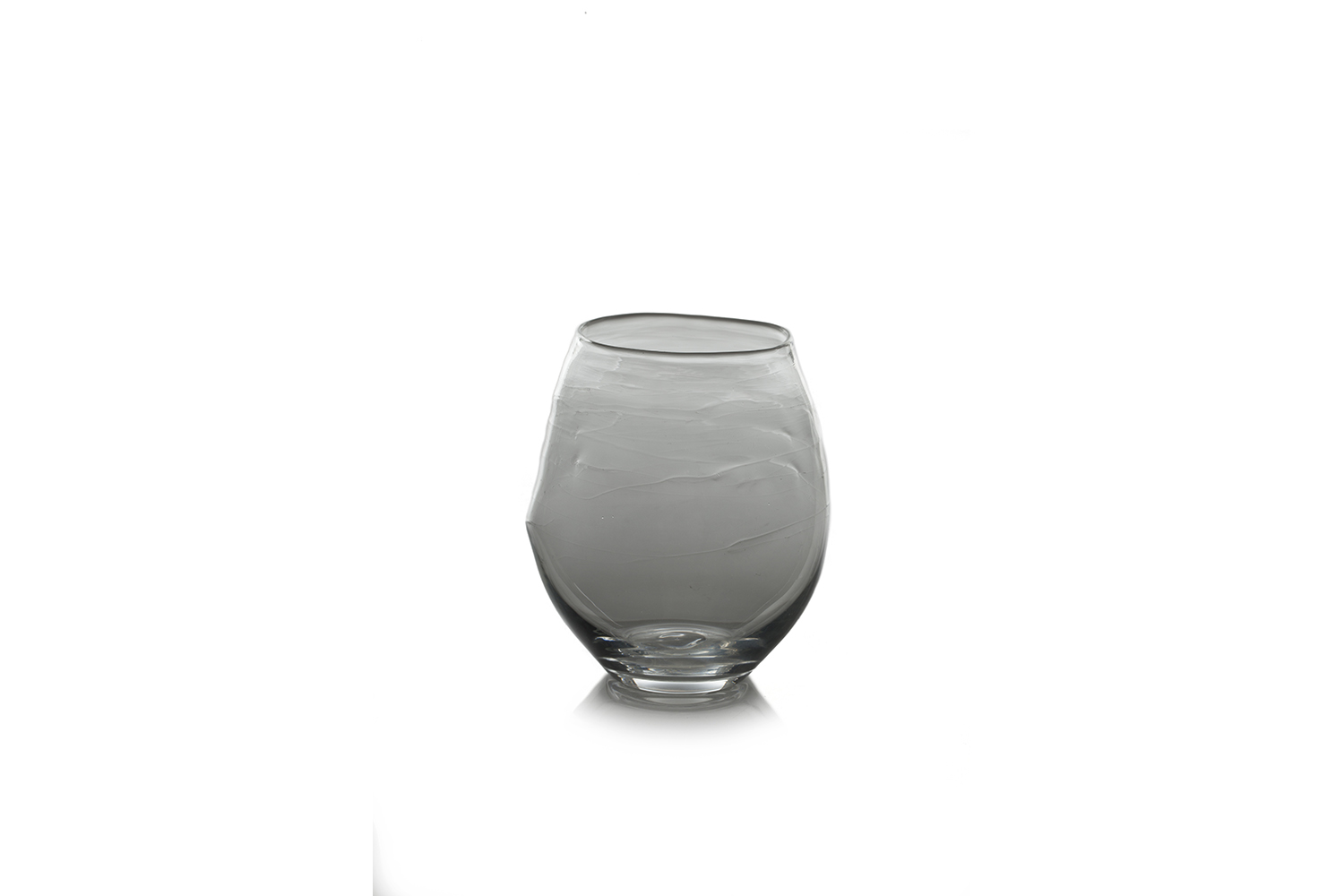
My heart skips a beat when I see Hive Jars. Favourites.
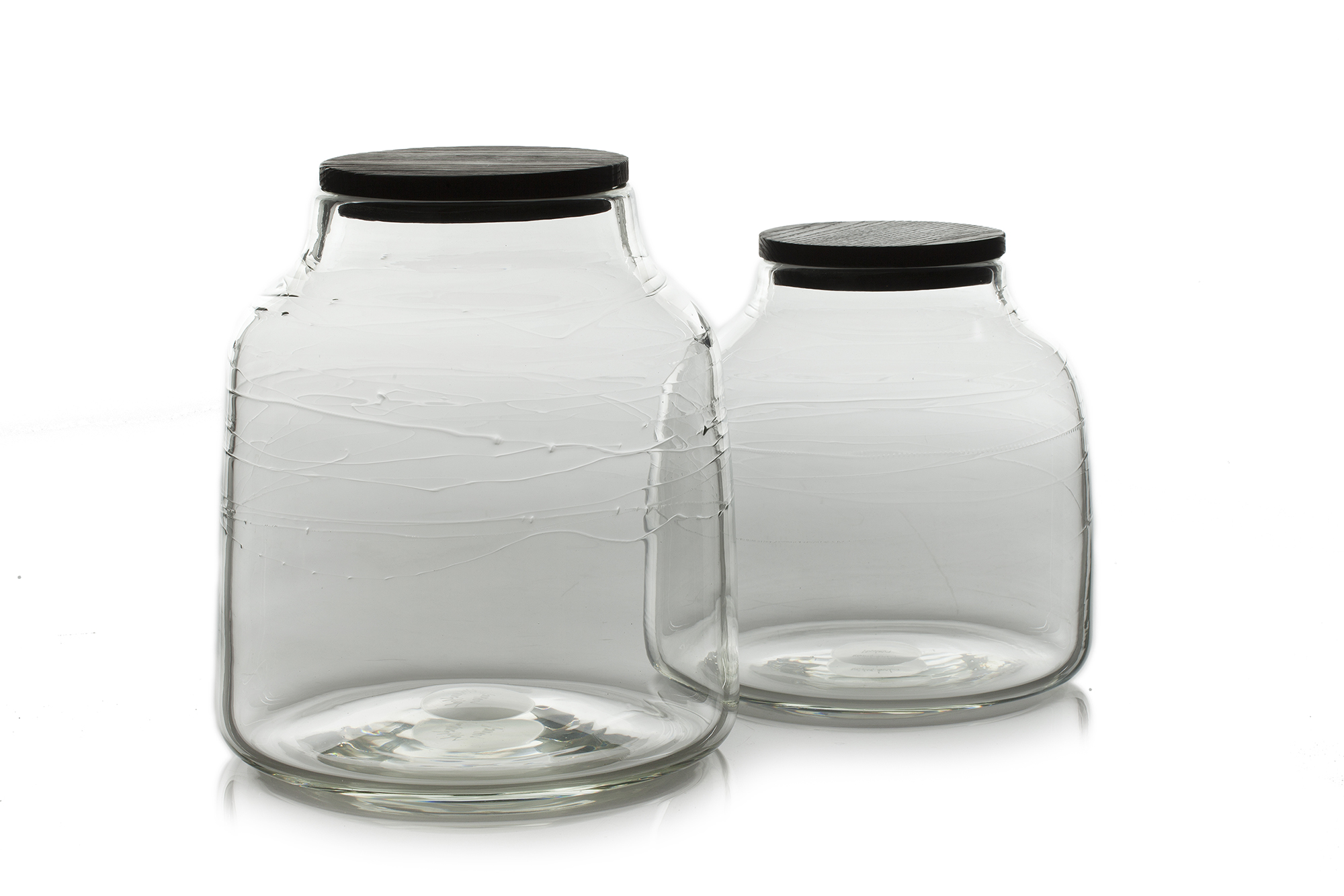
You are making now several “luminaires”, what does light mean to you?
On one occasion, on a completely normal day, I was riding the bus to attend my University classes. I was looking out the window, and was suddenly and consciously overwhelmed by the fullness and beauty of the light outdoors. It was a visceral experience. I had for the first become aware that I was looking at light. And to look at light is to see colour.
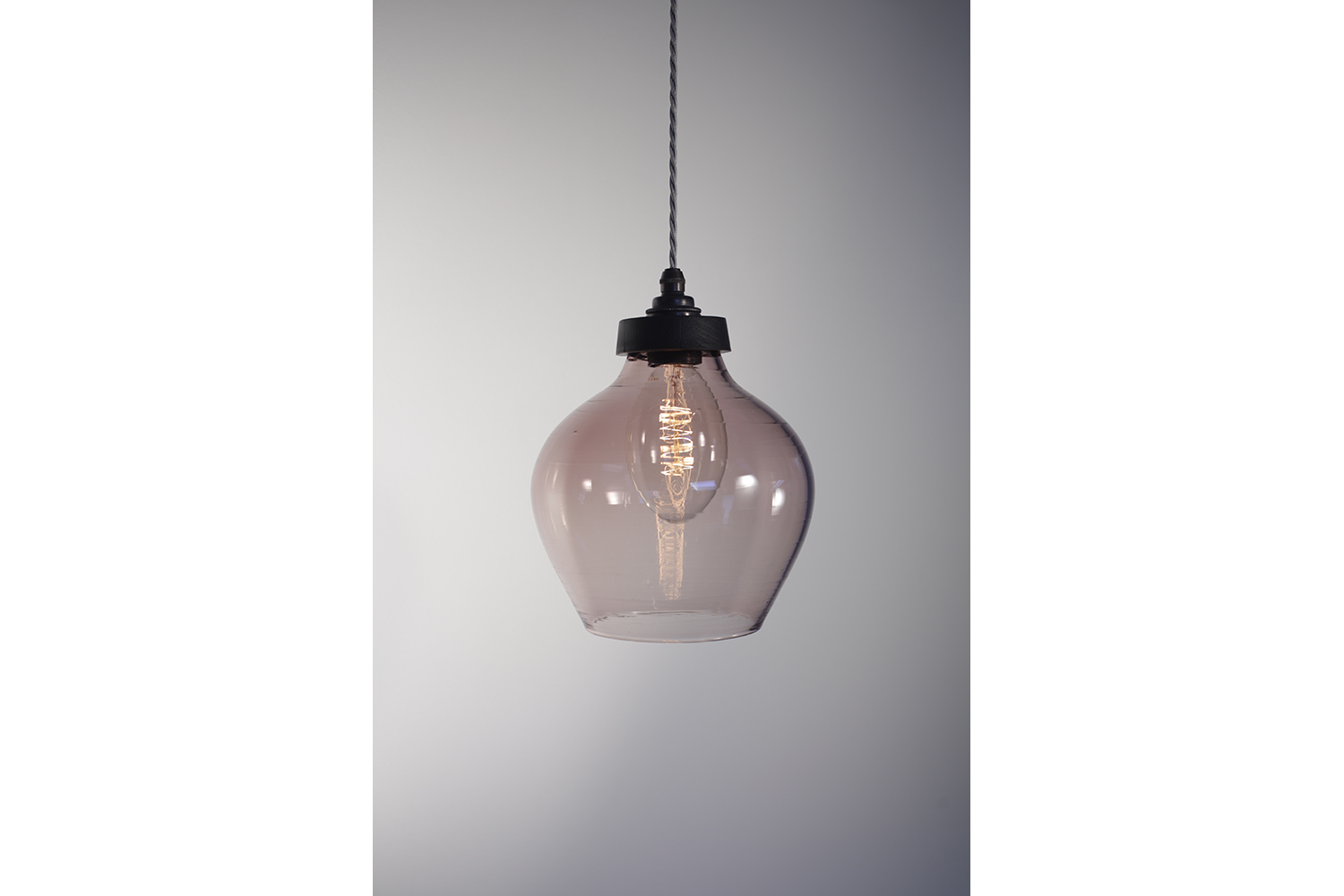
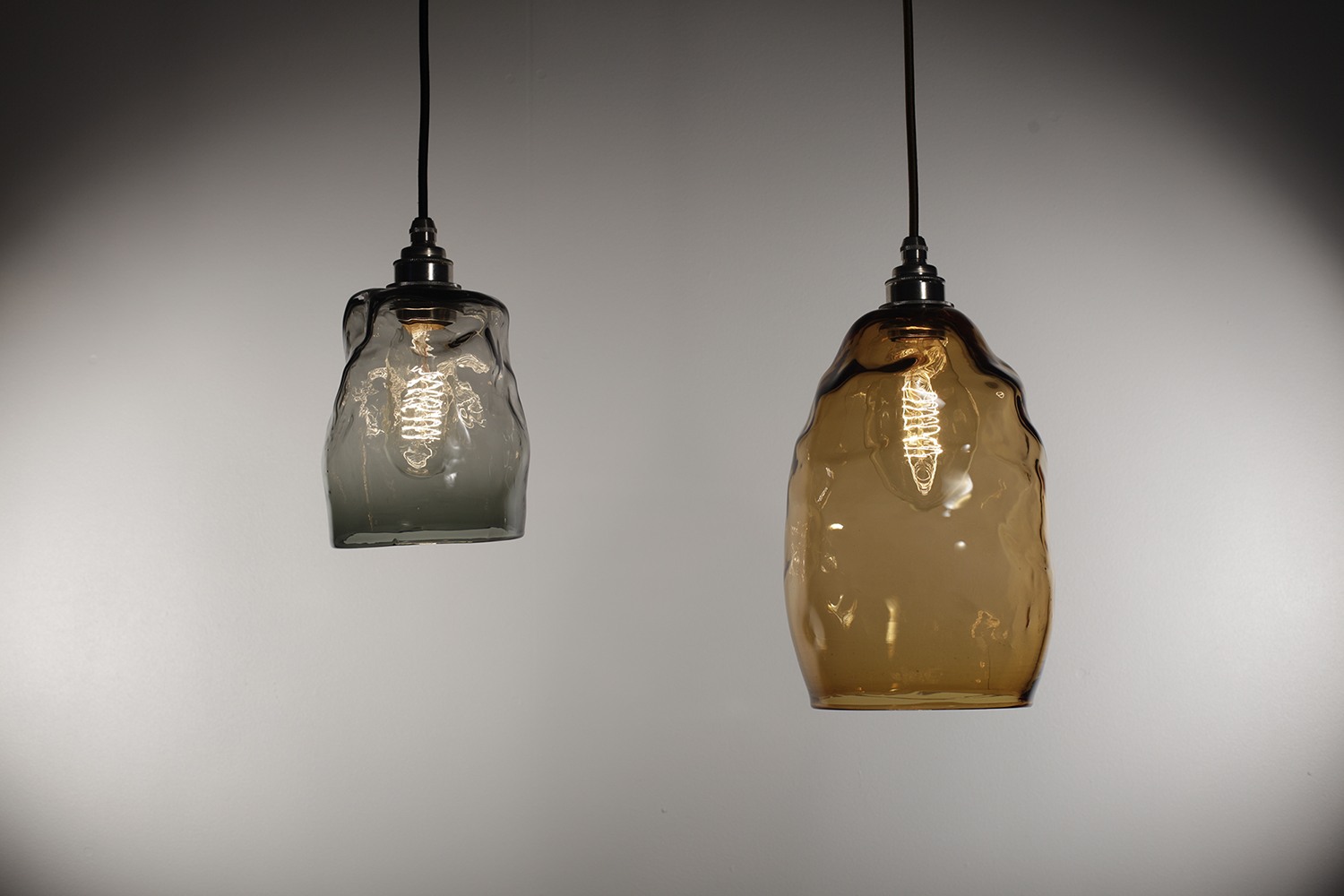
You sign all your objects, how does it look like?
I sign my work with a diamond engraving tool so it’s completely my natural signature. What that really means is nobody can read what it says…but it looks nice!!
Talking about money, can you live from your work? Is it easy?
Money? Yes, I live from my work. I make glass full time. Good thing though I have modest material aspirations! Is it easy? No, it’s exhausting and physically tiring, but I’m very happy. There’s nothing else I would rather be doing. I meet many people who earn much more money than me, and many don’t like their jobs. I am very fortunate to do what I love.
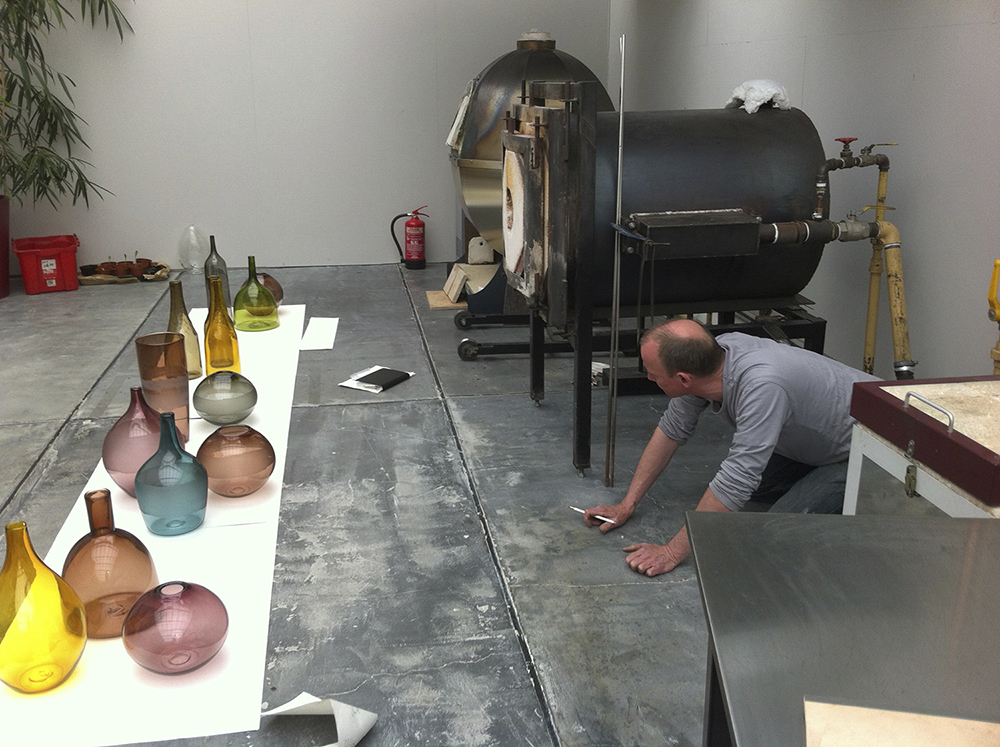
Which are the surprises working with glass?
Glass never ceases to amaze me. I love to simply look at it in all its’ forms. That’s surprising.
What is beauty for you?
It is unadorned essence.
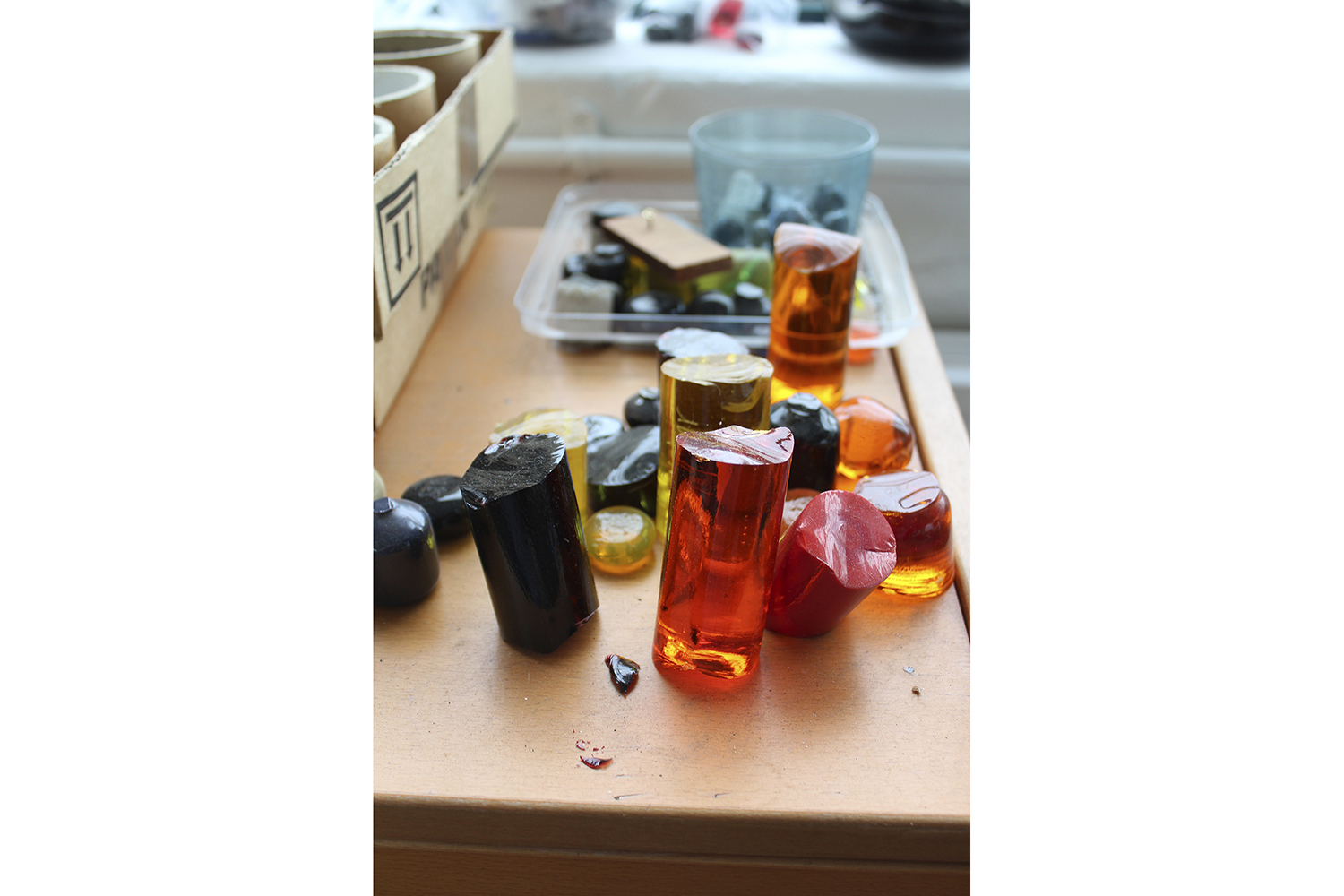
Tell us a how a normal day in your work is…
I start work very early in the summer at 6a.m. so we can work before it gets too hot. I get up very very early so I have time to “do nothing”, sit quietly and drink coffee; look out the window before I go to work. I look at the light. Listen to the birds…such a paradox, birds singing their hearts out in the midst of the city. I cycle most days to work.
I get to the studio and stand in front of the main door. I listen for the sound of the furnace. I prepare the colours we’ll be using for the day, turn on the annealing oven and start the heating drum. Turn on the ventilation fans. From this moment on the studio is alive, and warming up very fast. My assistant is at the studio too. Her name is Adriana. We make coffee, and hoover the shop floor. Everyday. Even if it doesn’t look like it needs it. I need a clean, unencumbered workplace.
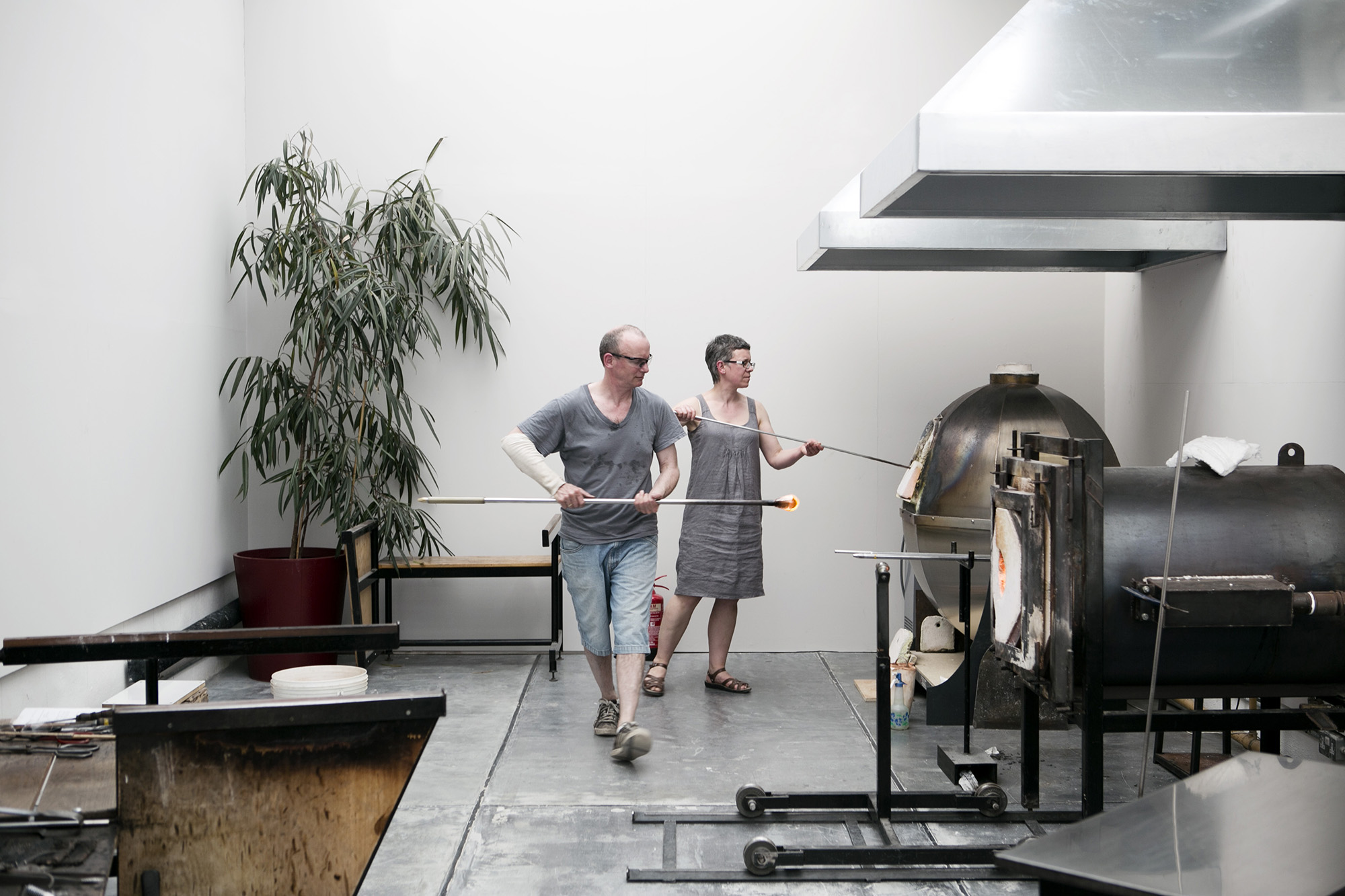
I’ve made a list of what needs to be done that day. We’ll start often by making small colourless pieces, like drinking glasses, to warm up. Then we move on to coloured things, or larger things. We make a combination of things from my own range of work, or lamp bases and lighting components we have co-designed, or merely execute for a handful of our interior design clients.
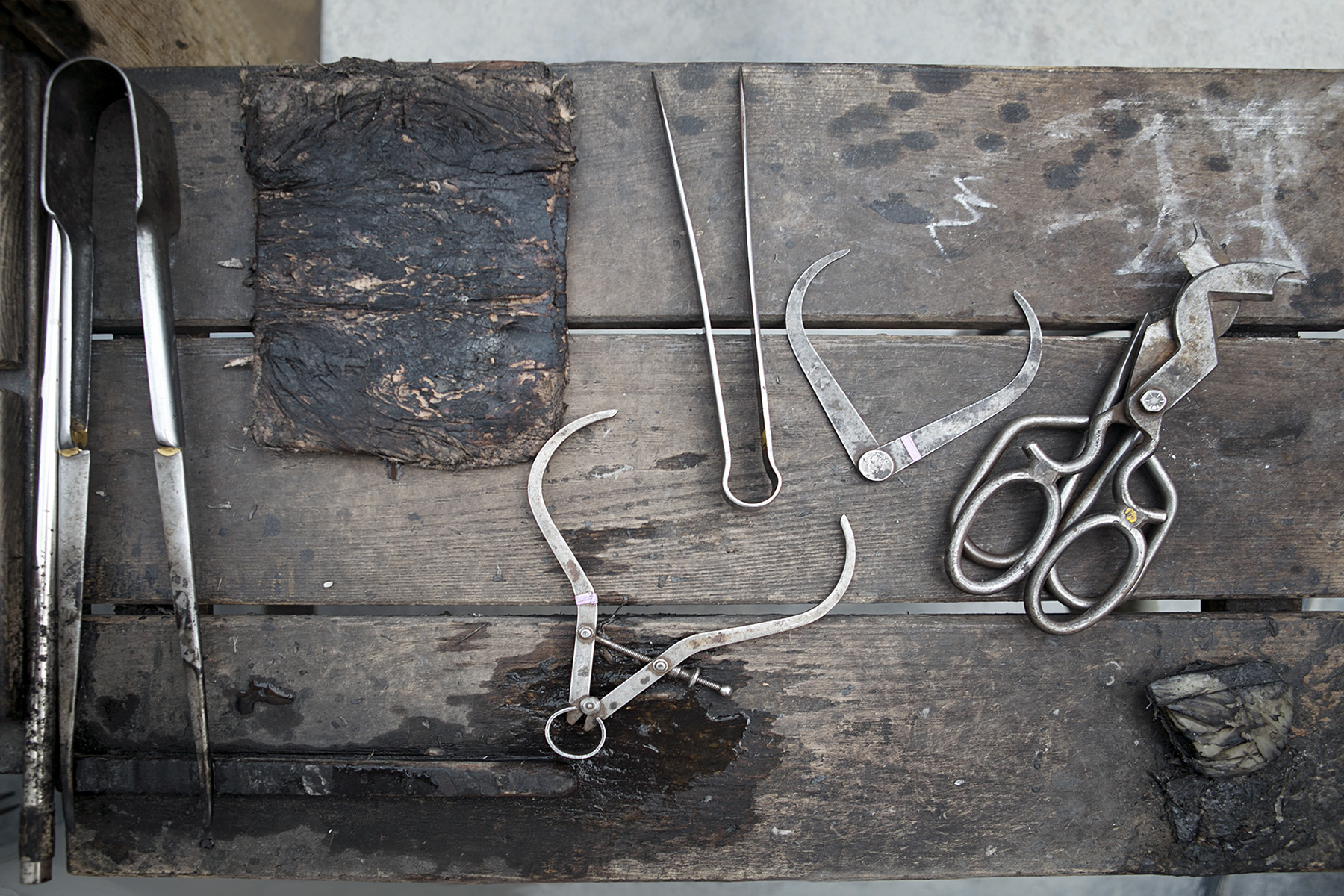
Around 9:30 my partner Natascha Wahl shows up after she’s taken our child to school. She heads upstairs to the office. We just keep going, until we have a little rest for a cup of tea and a chat about the day with Natascha and some breakfast around 10:00. Then work straight through until 2pm, when we all stop for lunch together. It’s too difficult to stop for an hour to eat, then try to start up again in the heat. We began recording the temperature in the studio at the end of summer last year. The hottest day we recorded was 43 degrees. I think we were probably happier when we didn’t know!
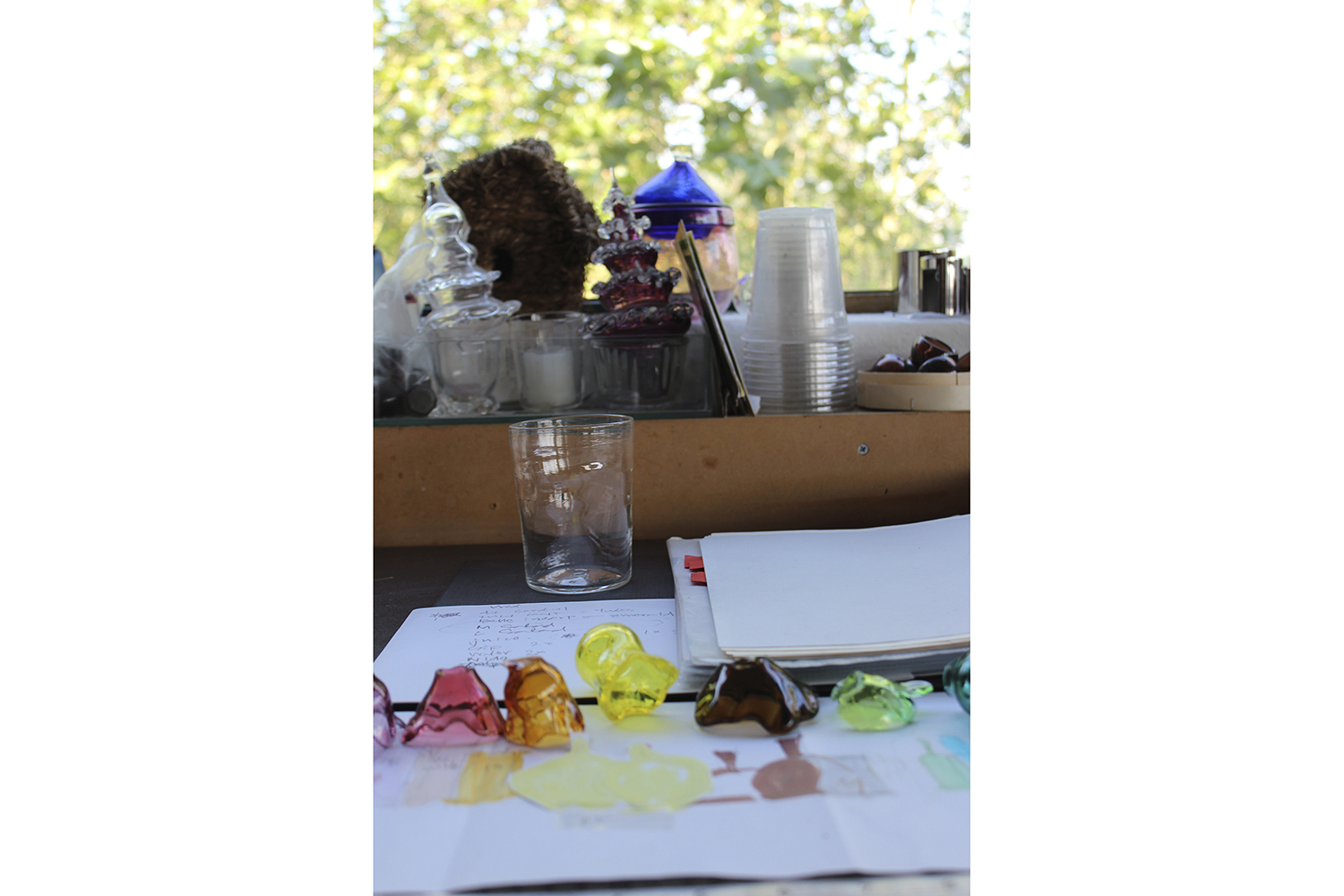
We have lunch for an hour, then our assistant Adriana leaves. I continue working, grinding, cutting and polishing pieces, or packing work for shipment in what’s known as the “cold shop”. Sometimes after lunch I go straight up to the office to do design work for job enquiries, or I try to take care of correspondence before I head home hopefully before 6p.m.
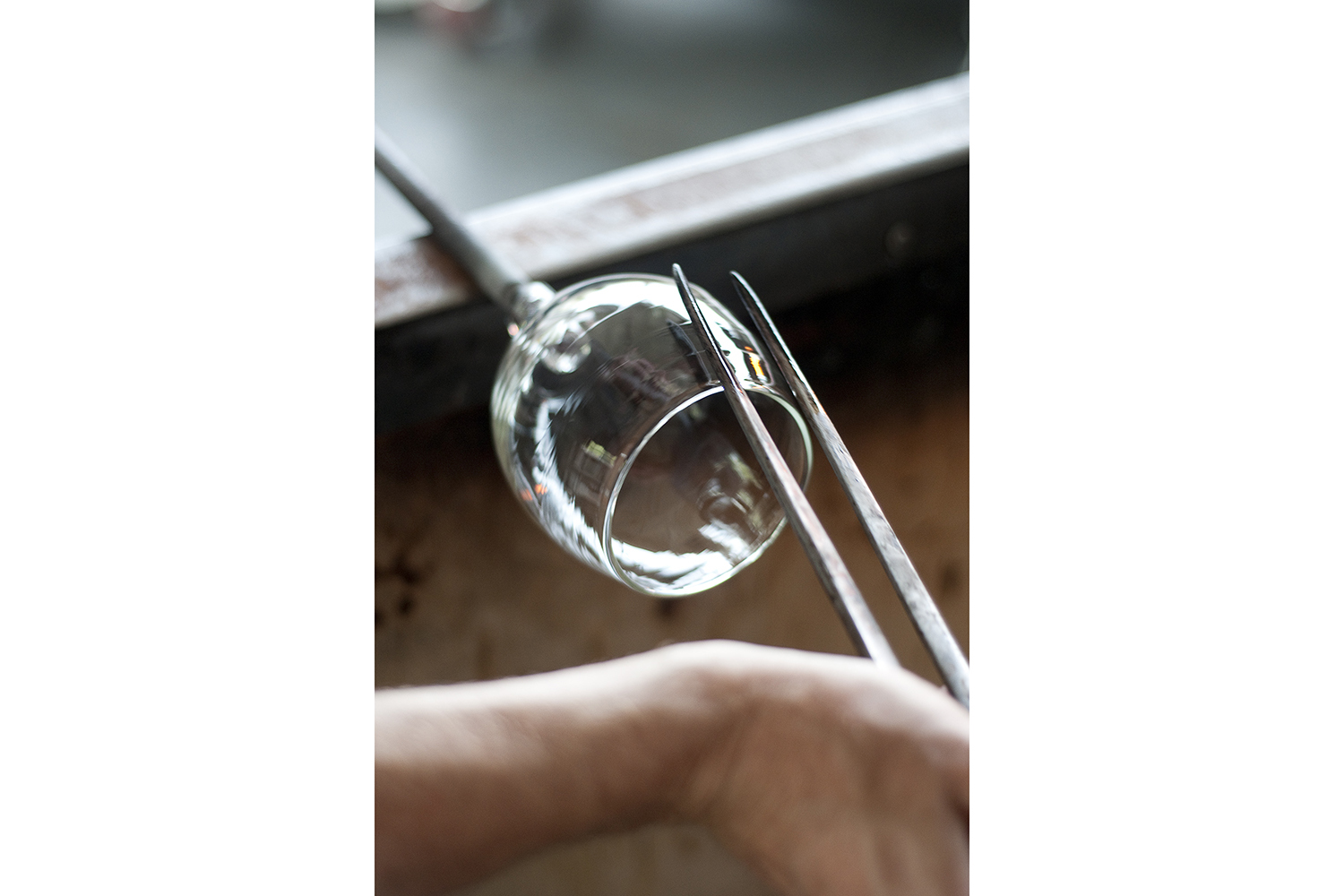
We always try to schedule development meetings after 2 in the afternoon. We are doing more consultation and development for designers and retailers, so in a busy week we might have two or three meetings on various afternoons. Lots of days I’ll put in 12 hours at work. On Fridays I melt glass for the rest of the week. Sometimes I’ll go to the studio on a Saturday morning when it’s quiet, just me, and draw new ideas. I really love those days.
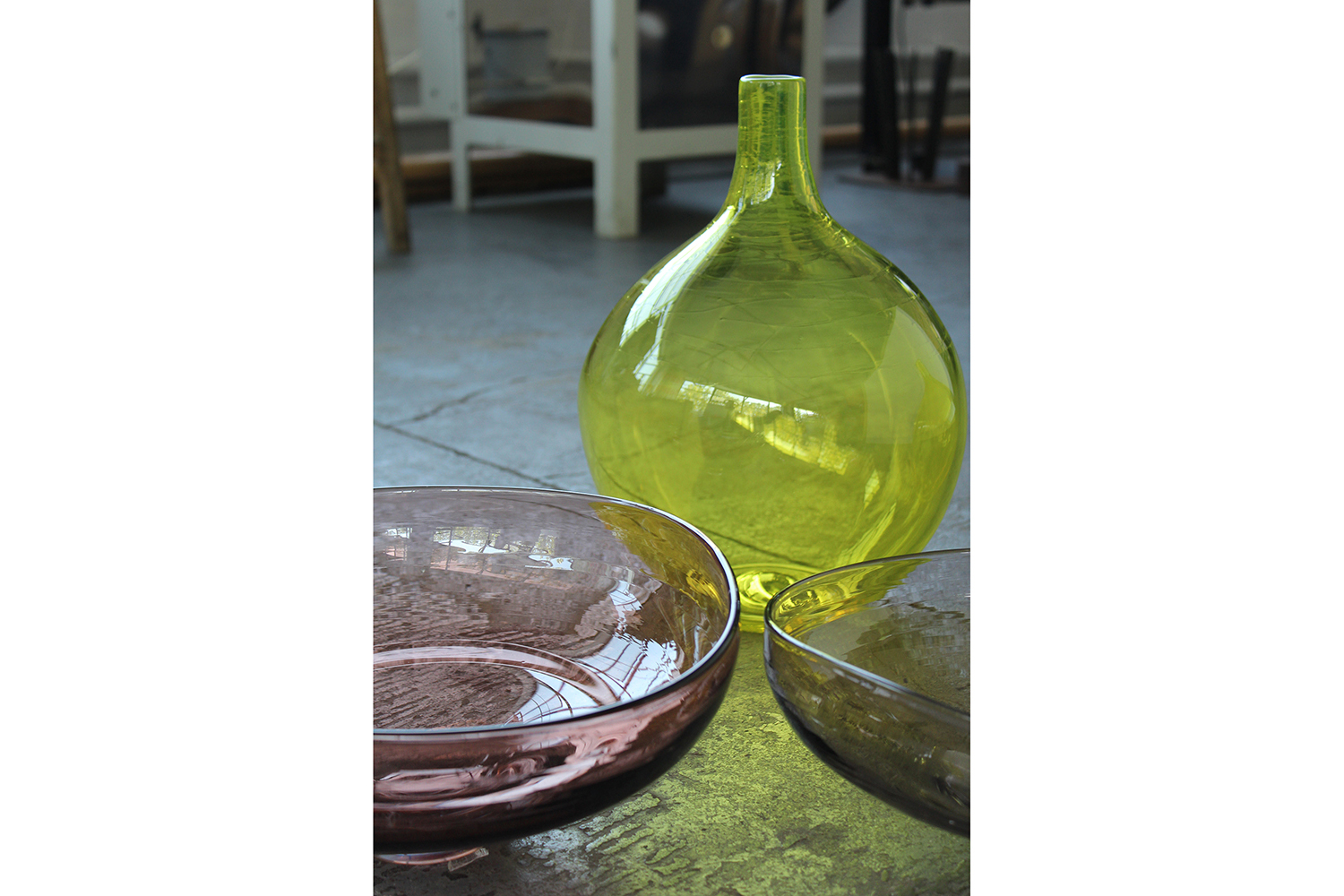
Which would be an ideal project?
I dream of accomplishing a large lighting installation for a hotel or public space, with a clear design brief and available budget, and all the right people to help with the technical expertise, specialist fabrication and installation at exactly the right time! That’s not too much is it?
Which ones have been the best moments of your professional life?
Probably the moment when we landed a big job for a big retailer the first year Natascha and I had become self employed. We thought the buyer had made a mistake when we looked at the quantities. We rang her up to confirm it. It took me and Natascha about eight weeks to make the work.
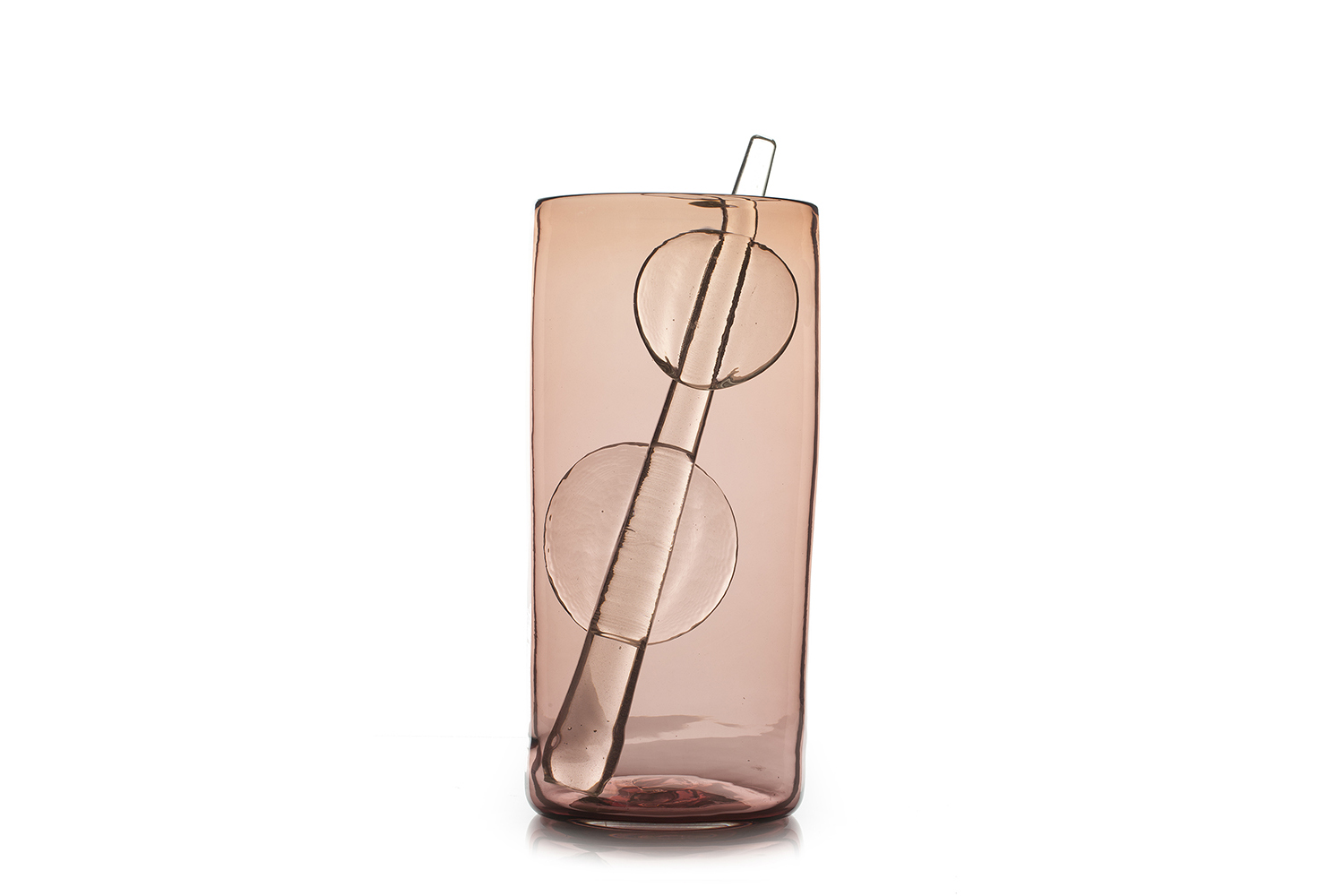
And the worst?
When the economic crisis hit in 2007 we nearly hung up the business. We held on.
Which is the most difficult from your work, and what you like more?
Most difficult? Not being paid on time!! We’ve put our hearts and often back breaking work into every piece we make, and then to chase for overdue payment is really demoralising . What do I like more? I am happy making glass. It doesn’t matter what it is.
Which is the best advice that you have received?
I worked in the kitchen of a busy restaurant when I was at University. After our shift, when we were congratulating ourselves after an especially busy evening, the head-chef came up to us. We thought he was going to praise us as he began to talk. He said ,” Boys….listen to me, I’m gonna tell you something…You think you know something, but let me tell you….you don’t know SHIT.”
I doubt I’ll ever forget that.
And the advice that you will give to?
Work even harder than you already think you are. Do what makes you happy.
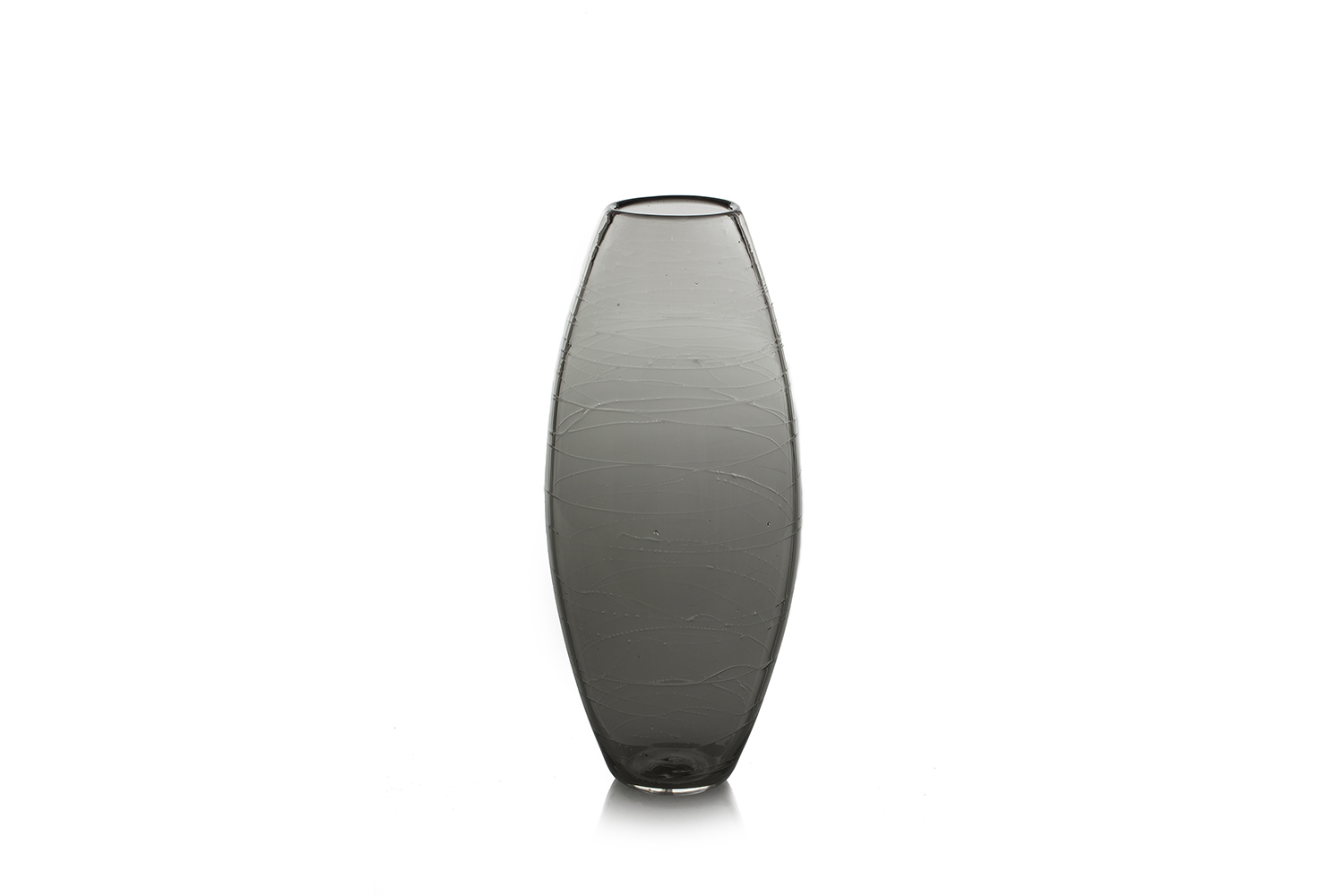
If you could go back to the past, would you change anything? Would you work on glass?
I sometimes wish I would have discovered glass making a bit earlier!
Do you see yourself at 60’s working on this?
Definitely!
